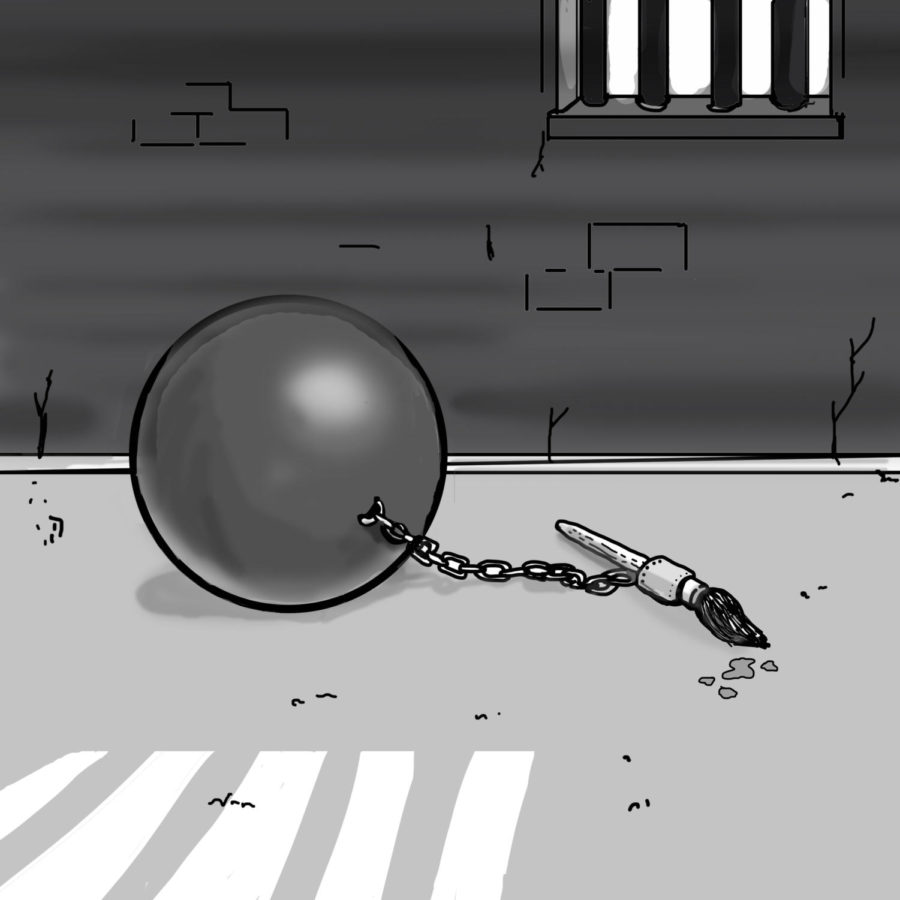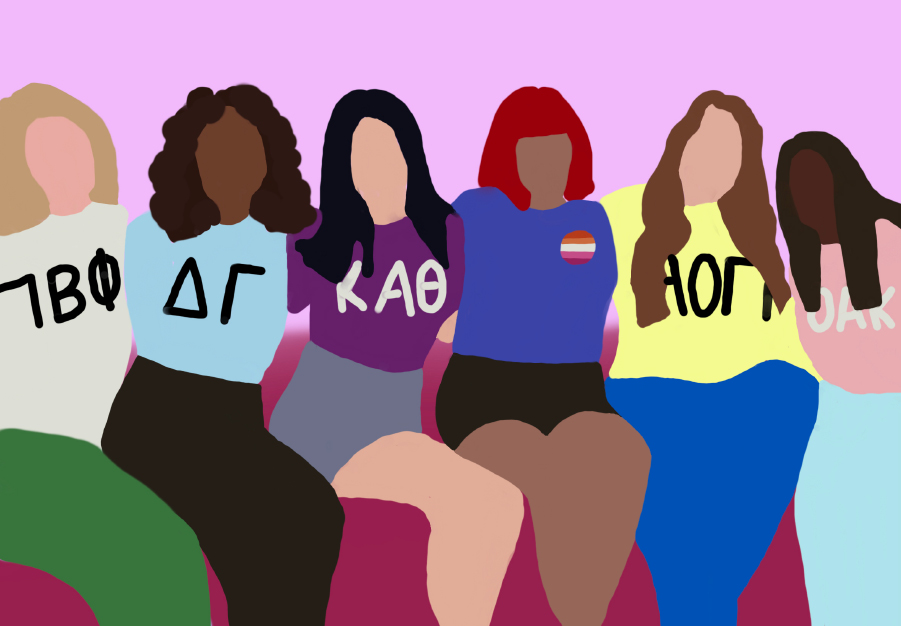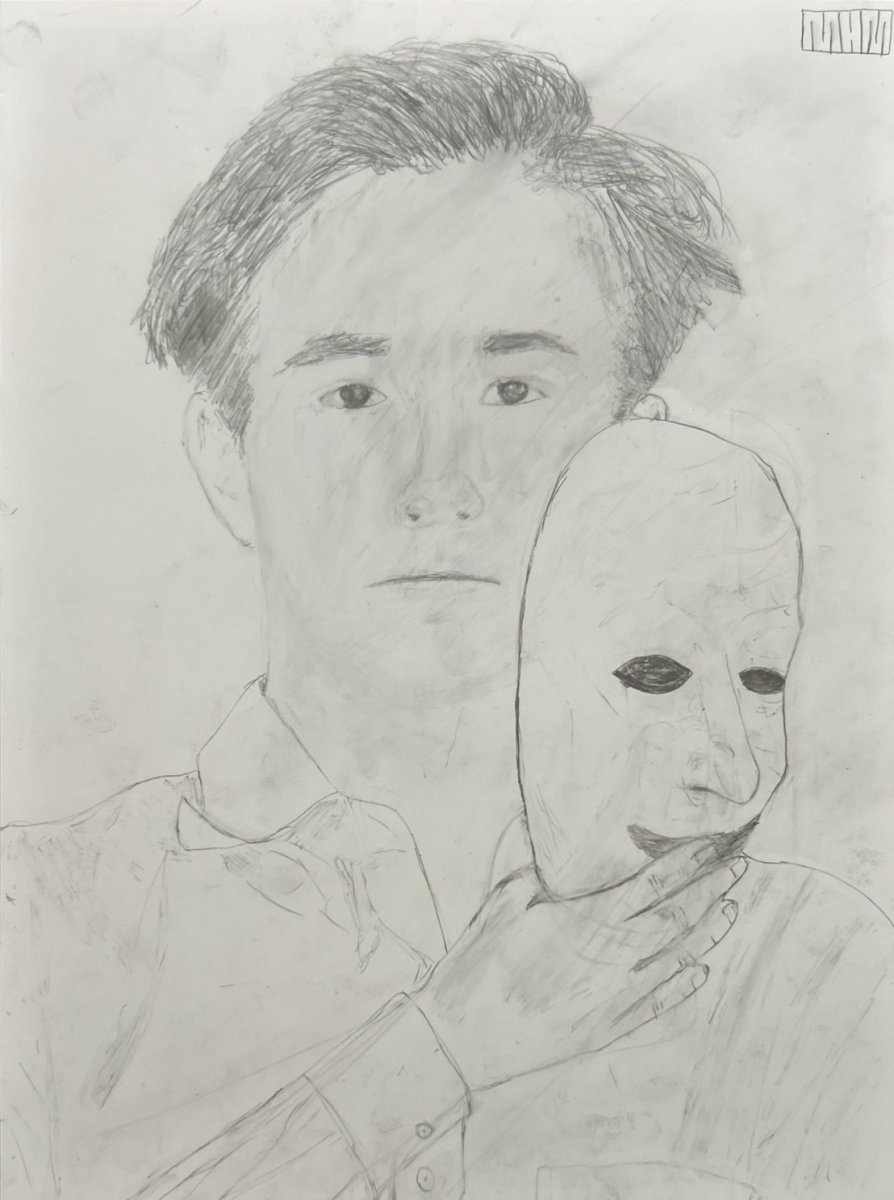Historically, artists funded their work through the generosity of patrons. Members of the gentile class sponsored talented painters and sculptors, allowing them to study at acclaimed institutes and eventually produce aesthetically pleasing pieces, some of which found their place in museums.
Today, artists are not so fortunate. Most art students do not have wealthy benefactors funding their education or their work. Art schools and programs rarely finance their students’ pursuits, and the University of Chicago is no exception to this rule. While the University does cover some basic supplies and offers somewhat restricted Student Creativity Grants, students predominantly fund their art education on their own. This raises the question: Is it fair to require students to independently subsidize their art education?
For most students, there are simple methods to avoid paying for costly textbooks and supplies. Upperclassmen sell used books and calculators to incoming students. Online textbooks are available for reduced prices. Even so, these students have the choice to altogether circumvent the cost of textbooks by not doing their reading. Art students, on the other hand, have no easy way to bypass the cost of expensive art supplies. The cost of creating paintings, sculptures, or fashion pieces makes pursuing an art education at the University of Chicago—taking into account its already steep tuition—extremely difficult, even impossible for some students.
The trope of the starving artist is well known, and it is all too real for most people who pursue a career in art. According to the National Center for Education Statistics, the average salary for young adults with a B.A. is $48,270, but the median earnings for someone with a fine arts degree is just $36,270. Schools like UChicago, by not subsidizing the costs art students face, impose more monetary burdens on students who already have bleak financial futures.
While art classes at the University of Chicago do receive some funding for supplies, this is rarely enough to fully cover the creative endeavors of their students. A first-year in the College said, “After taking Visual Language: On Images, I saw the financial burdens of being an art student. While the class provided pencils and erasers, I had to buy all of my acrylic paint, brushes, color papers, and other supplies for my projects. I spent over $250 on art supplies for one class. This experience made me reconsider majoring in visual arts. It’s clear to me that the University’s lack of financial support to art students indicates a larger sense of disregard for art students.”
UChicago is not alone in its inaction. Other universities and art schools are unwilling to meet the financial demand of their students’ art supplies. As a first-year at Parsons explained to me, “We already have an expensive enough tuition as it is, but no one realizes how much material you’ll actually need for a class once it’s started. I’ve spent over $200 on a single class and am expected to fund the supplies for five every semester.”
This same problem is apparent in universities across the United States, at both the public and private level. A student from SUNY Oneonta’s fashion program outlined the problem, explaining that “it’s a struggle between getting the supplies you want with good quality but also not breaking your funds.”
The question is: Should we hold UChicago to a different standard? The University has traditionally championed efforts to subsidize its students’ financial obstacles. From the No Barriers program to the Odyssey scholarship to the new SAT-optional admissions policy, UChicago has presented itself as an accessible university for a financially diverse student body. But if students from middle- or low-income backgrounds cannot feasibly dedicate the resources to visual arts courses—let alone the visual arts major—UChicago might not be as committed to this vision as it publicly seems.
Brinda Rao is a first-year in the College.








